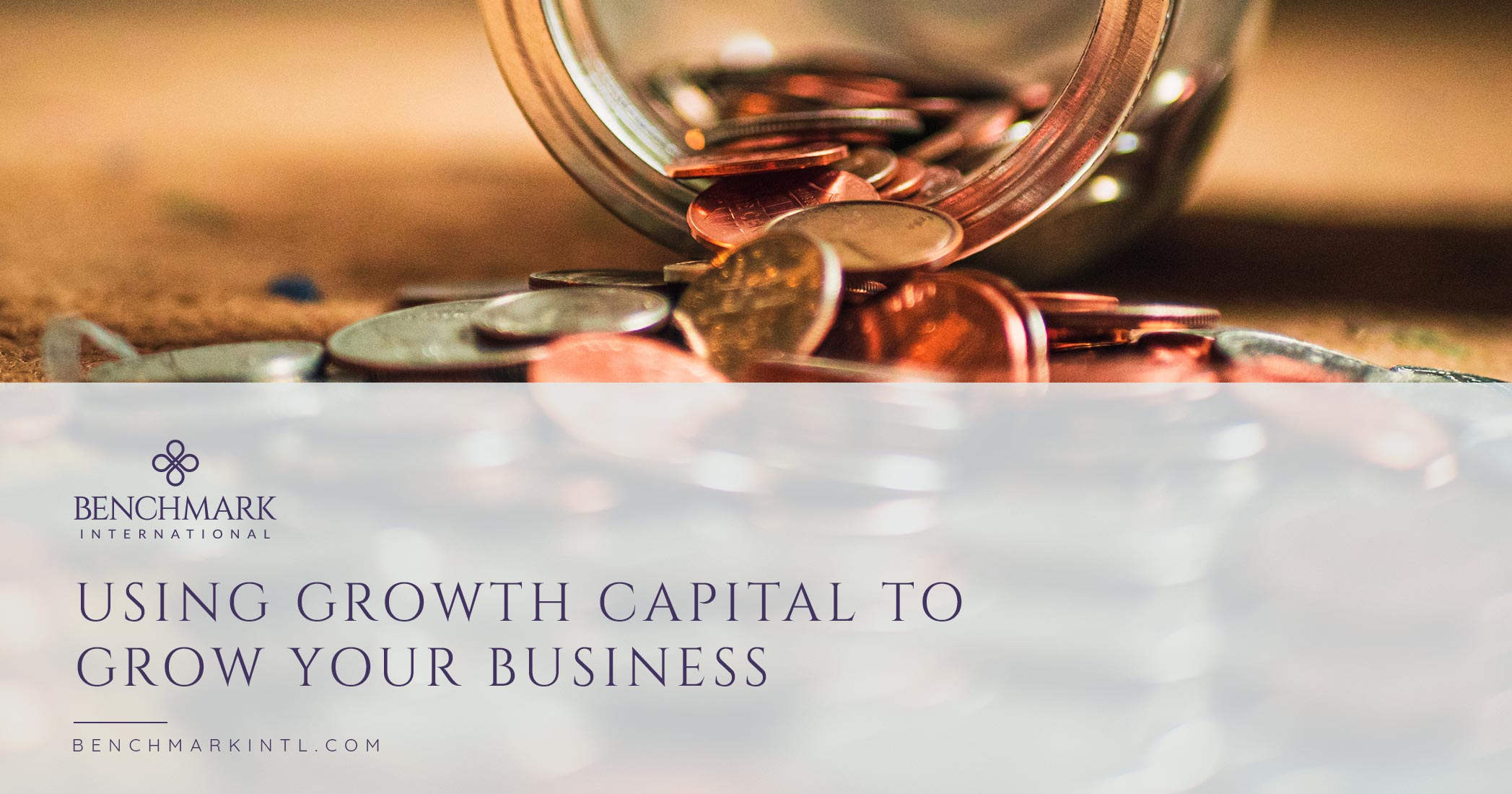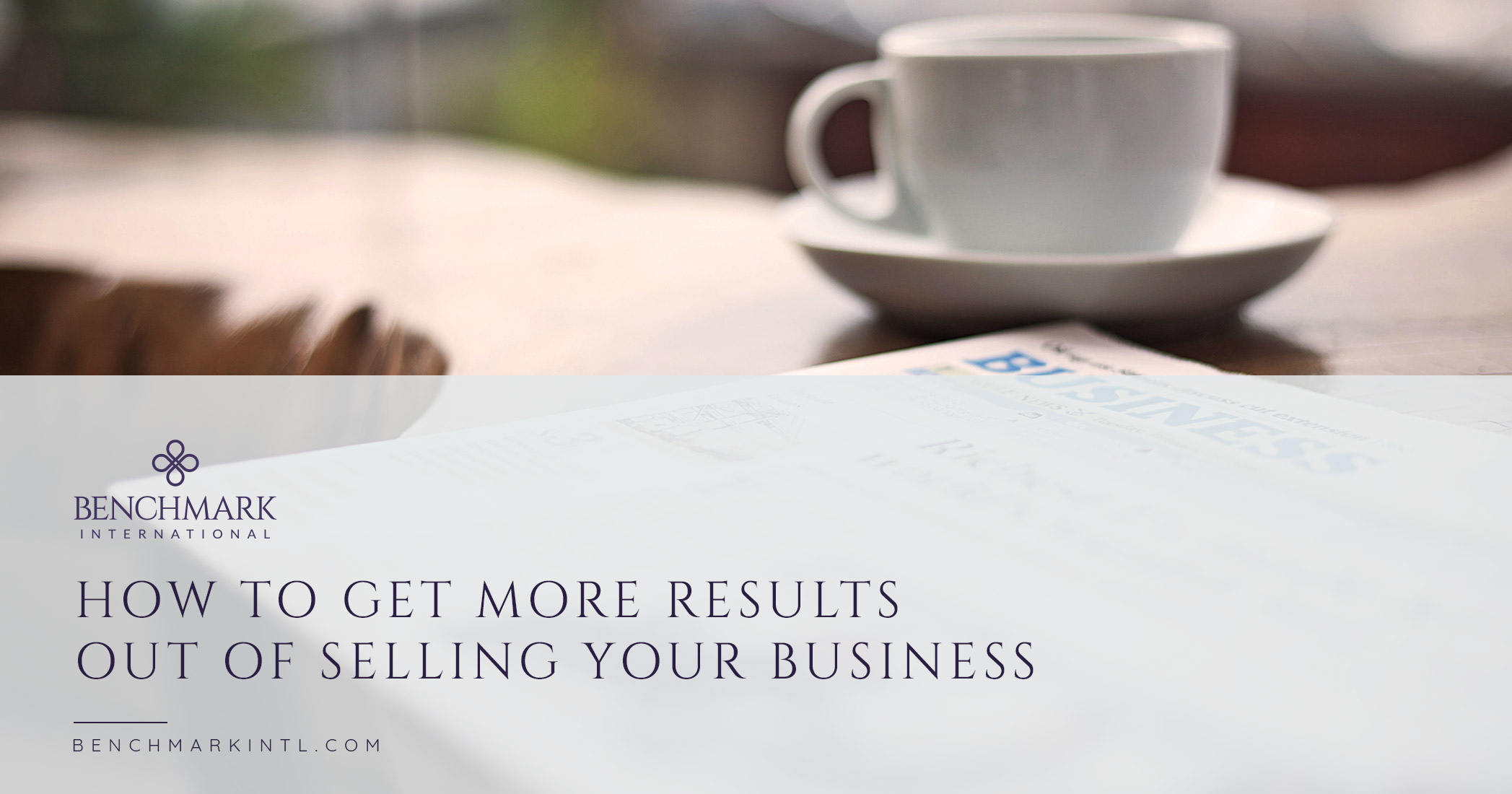The COVID-19 global pandemic is having a significant impact on economies across the world and business owners are understandably concerned. In these times of uncertainty, many are asking what can be expected in both the short and long term for the United States economy.
Looking Back at Q1 and Q2
After several years of economic expansion, the U.S. gross domestic product (GDP) dropped 5% in the first quarter of 2020, and plummeted 52.8% in the second quarter. The National Bureau of Economic Research (NBER) declared that the U.S. economy officially entered recession in February.
- Consumer spending was down 13.6% in April, slightly rebounding in May, up 8.2%.
- In May, U.S. employers added 2.5 million workers back to payrolls and housing rebounded moderately.
- The Federal Reserve cut interest rates and rolled out a $2.3 trillion effort to help local governments and small- to mid-sized businesses, and the U.S. government approved nearly $3 trillion in aid.
- 8 million jobs were added in June, while more than 19 million Americans were still receiving unemployment insurance benefits.
- June retail sales jumped 7.5%.
Forecasting Q3 and Q4
Goldman Sachs forecasts U.S. GDP growth of 25% in the third quarter, down from a previous forecast of 33%. The NBER Conference Board expects a 20% rebound in quarter three, with growth slowing to 1% in quarter four.
The manufacturing and construction sectors continue to recover, with predictions of 8% growth in the fourth quarter. Additionally, existing home sales have rebounded at a record pace.
Consumer confidence is going to depend on how rapidly the virus is brought under control. In July, coronavirus cases spiked in many areas of the country, causing some state and local governments to step back on reopening plans. The recent resurgence in cases has slowed expected consumer spending, as many Americans are unable to visit certain places due to state restrictions. Markets will likely remain erratic until there are solid indicators for increased confidence. The economy will recover, it is just a matter of when, keeping in mind that recoveries tend to be longer and stronger than downturns, and returns are usually highest after the market bottoms out. As of late July, September is a hopeful target for a bounce-back in spending.
Even once restrictions are lifted and businesses are able to operate as normal, the recovery will hinge on how willing Americans may be to participate. Consumer demand is expected to remain sluggish through the latter half of the year, but there are positive long-term investment opportunities that arise out of such an environment, especially for companies that have shown that they can adapt under dire circumstances.
New developments in COVID-19 clinical trials indicate that a vaccine could be available by 2021. A vaccine or treatment will be critical to boosting consumer confidence and economic growth.
Finding Opportunities Within a Crisis
While the virus has had devastating impacts across several sectors—especially travel and hospitality—it has also created opportunities for certain industries. Types of businesses that have seen strong growth during the pandemic include telemedicine, online retail, food and grocery delivery services, home improvement, educational services, gaming, cleaning products, RVs, and even puzzle makers.
With people working and schooling from home, people’s lives are now more digital than ever. Demand for cloud-based services has skyrocketed. Streaming services and mobile payment services are increasingly popular, and reliable broadband is a must-have. During mandatory lockdowns, consumers became more likely to try things for the first time, such as grocery or alcohol delivery, and may opt to continue to use them following the COVID-19 pandemic. These types of outcomes could translate into even healthier e-commerce growth potential in the future, not just in the U.S, but also globally.
There will also be possibilities for partnerships through mergers and acquisitions. Prior to the crisis, private equity was sitting on an estimated upwards of $1 trillion in dry powder and will likely play a key part in the revival of the economy. M&A opportunities are expected to be in the most resilient sectors post-pandemic, and bidders are predicted to become aggressive in seeking out company valuation bargains in the hardest hit industries such as the transportation, hospitality, and energy sectors. Additionally, in the more stable sectors, deals could be driven by the need to vertically integrate and address supply chain issues to get back on track. There is also the possibility for stock deals to become more appealing as equity prices fall.
Schedule a Virtual Valuation
Contact the M&A advisors at Benchmark International to discuss the possibilities for the future of your business. We are here for you, even throughout the pandemic, getting deals done and making great things happen in the most trying of times. You can even schedule a Virtual Valuation in order to practice social distancing while gaining an understanding of the current value of your company.
READ MORE >> Benchmark International
Benchmark International  Benchmark International
Benchmark International 








































